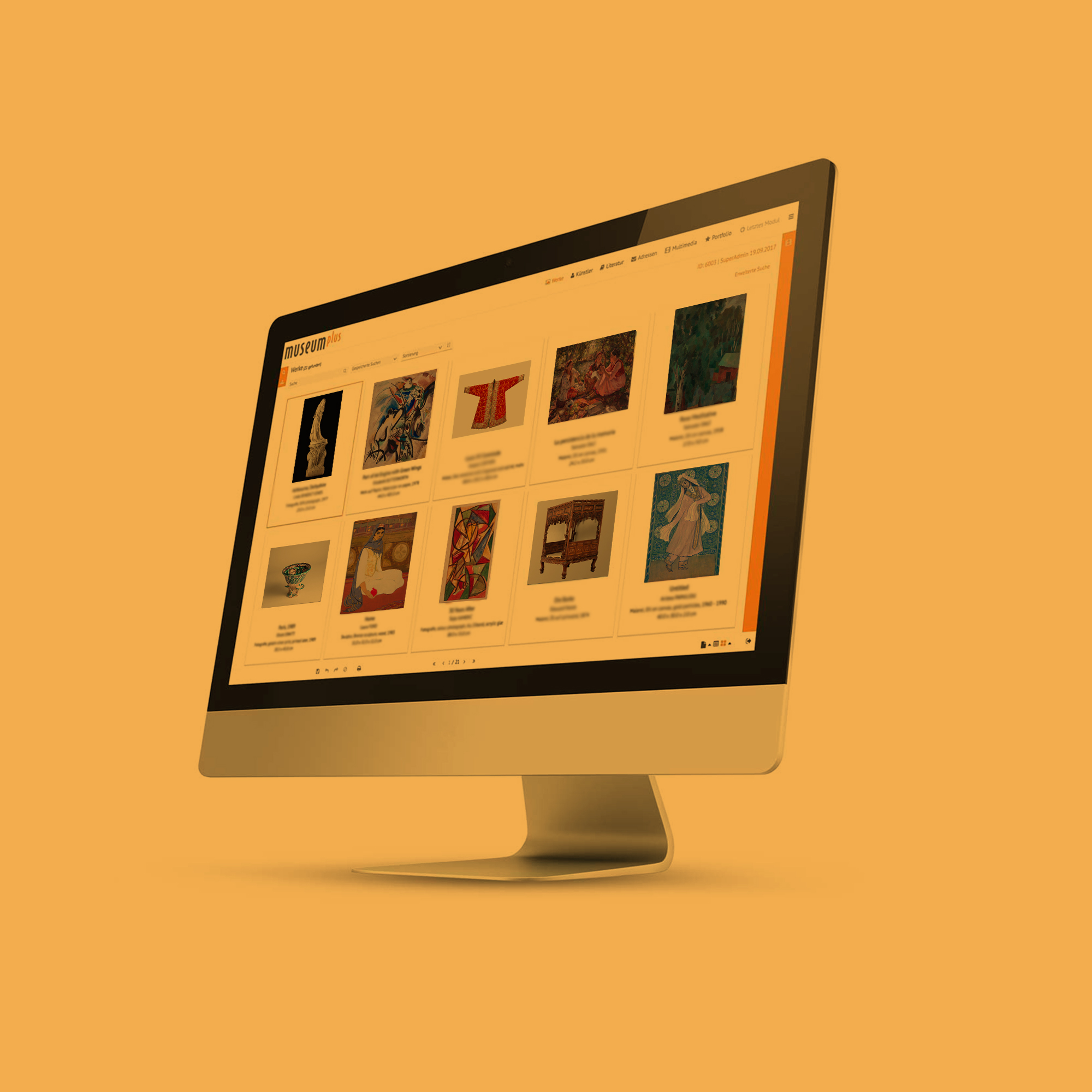The Art and Culture Development Foundation under the Ministry of Culture of the Republic of Uzbekistan introduced electronic cataloguing in four museums of the country in test mode: the State Museum of Art of Uzbekistan, the State Museum of Applied Art and the History of Handicrafts of Uzbekistan, the Aybek House Museum, and the Karakalpak State Museum of Art named after I.V. Savitsky.
Electronic cataloguing will be implemented in two stages. The first step is internal electronic cataloguing, created only for museum staff. It will allow managing internal museum reports and the drawing up of documents for museum exhibitions through a special program. The implementation of electronic cataloguing of the National Museum Foundation of the Republic of Uzbekistan will be carried out using MuseumPlus software from the Swiss developer Zetcom, which was founded in Bern in 1998. The company has branches in Berlin, Paris, Barcelona and partner offices in Singapore and Athens. Among famous museums of the world using the MuseumPlus platform are the Louvre Museum, the Museum of the City of New York, the Northwest Museum of Culture and Art, and many others.
In order to learn how to use this program, trainings were held for employees of museums and the Foundation with the participation of Zetcom specialists. At the training, specialists trained students to work on MuseumPlus platforms, and also introduced the intricacies of the functioning of the program. According to the results of preparatory measures, the staff of the above-mentioned museums in Uzbekistan carried out work to create a database of their collections, namely, the development of special tables that describe each museum exhibit in detail, which will serve as a preliminary inventory and serve to prepare employees for the transition to a new cataloguing system.
At the moment, the Foundation has begun to transfer access to the MuseumPlus system to employees of the aforementioned museums. The second stage is the creation of an external virtual gallery - a site with catalogues of museums, which will be available to all Internet users. On the site, visitors can view the exhibits in high quality, as well as read detailed descriptions about the history of the creation of exhibits from the main collection of each museum.



